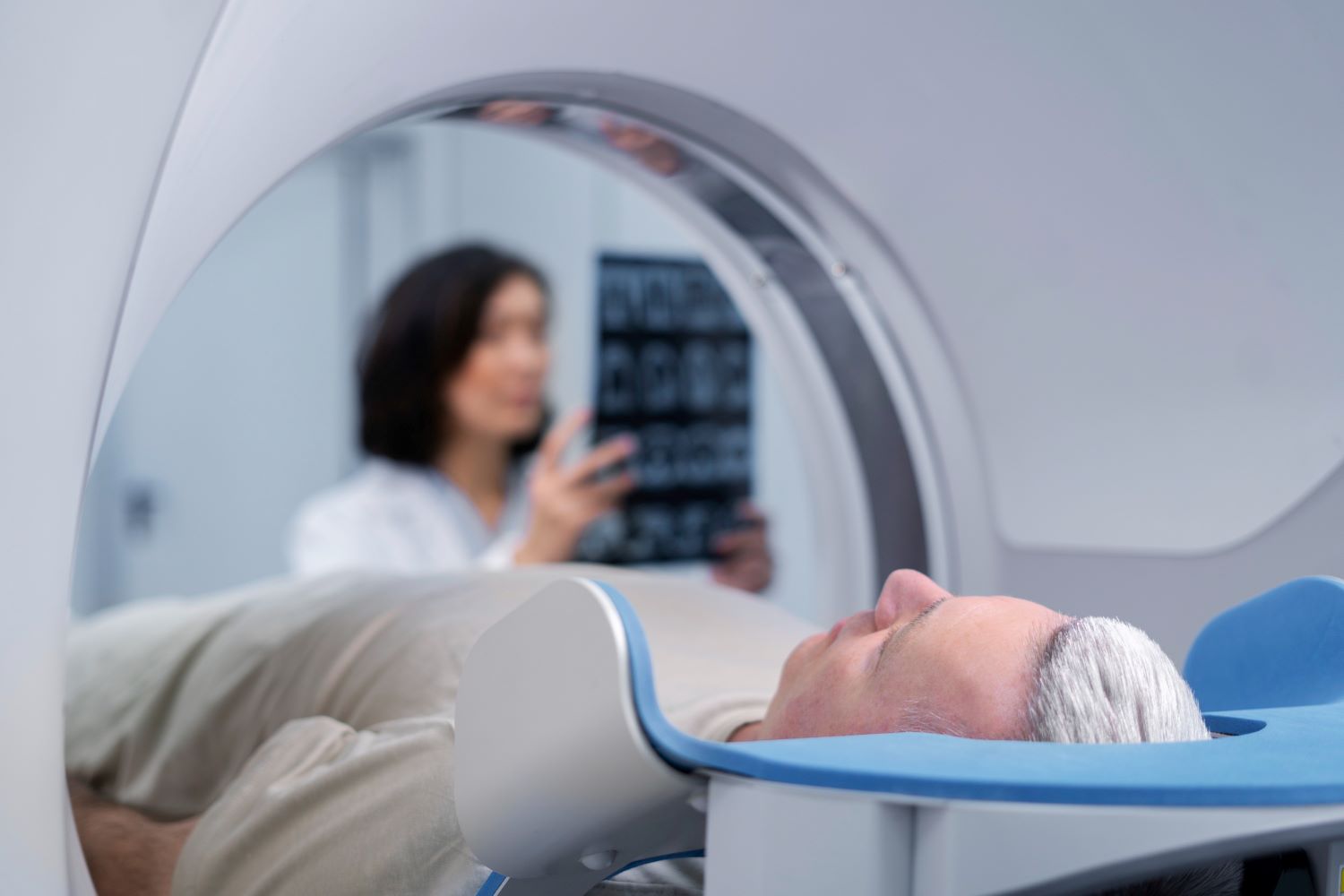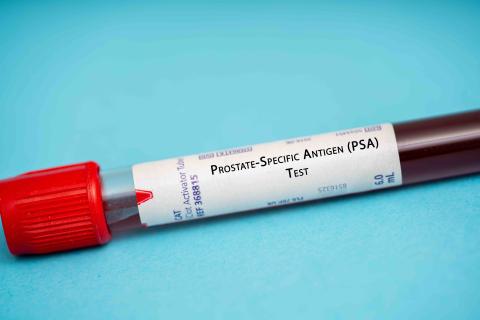Clinical trial examines efficacy of prostate cancer screening with MRI to reduce overdiagnosis
Prostate cancer screening tests using PSA (Prostate Specific Antigen) are associated with overdiagnosis, which calls into question their use. A clinical trial in men aged 50-60 years published in the journal NEJM has studied the possibility of adding an MRI test in those with an elevated PSA level and dispensing with biopsy if imaging finds no suspicious lesions. The results indicate that the procedure avoids more than half of clinically irrelevant cancer diagnoses that would not need treatment and only slightly increases the risk of failing to identify those that may become incurable. The authors recommend, on the basis of the study, to review the recommendations for such screening.

Rafael Marcos - resonancia cáncer EN
Rafael Marcos Gragera
Epidemiologist at the Catalan Institute of Oncology and professor of medicine at the University of Girona
The results of this clinical trial, evaluating the efficacy of magnetic resonance imaging (MRI) and targeted biopsy in prostate cancer screening, take on particular relevance in light of the findings published by Vaccarella S, et al. The latter study shows a dramatic increase in prostate cancer cases in Europe since 1980, largely attributable to the widespread use of PSA testing. However, the lack of a corresponding increase in mortality suggests a problem of overdiagnosis.
The current clinical trial seeks to address this issue by assessing whether MRI and targeted biopsy can reduce diagnoses of clinically insignificant cancers, thereby avoiding unnecessary treatment and improving patients' quality of life.
The study results underline the potential of MRI to transform prostate cancer detection. By halving diagnoses of clinically insignificant cancers, MRI offers a way to mitigate the adverse effects of overdiagnosis associated with PSA screening. These findings have direct implications for the design and implementation of population-based screening programmes, which should prioritise diagnostic accuracy and minimisation of unnecessary harm.
The study has no limitations as it is a randomised clinical trial, studies that present the best scientific evidence.
Álvaro Páez - resonancia próstata EN
Álvaro Páez Borda
Head of Urology Service, Hospital Universitario de Fuenlabrada, Madrid; Associate Professor of Health Sciences, Universidad Rey Juan Carlos; and Chairman of the Spanish branch of the European Randomized Study of Screening for Prostate Cancer
This well-designed and well-executed study examines the potential of magnetic resonance imaging (MRI) as a means of reducing overdiagnosis in the early diagnosis of prostate cancer (PC), but without losing sight of the risk of missing potentially lethal tumours. Briefly, the standard approach (biopsy of suspicious lesions associated with random biopsy of the rest of the prostate) is analysed versus biopsy of suspicious lesions alone. The study unfolds in a setting with connotations that make it ideal for any type of screening: an extremely exhaustive follow-up, a target population (Nordic) very disciplined in their health habits and a cancer registry endowed with extraordinary credibility. Only the ‘modest’ participation rate of 50% is surprising compared to similar Scandinavian experiences. To illustrate the point, it is worth noting that the PC screening programme once activated by the University Hospital of Getafe only achieved a participation rate of 20%.
This study addresses an issue central to all initiatives related to the early detection (or screening, which is essentially the same thing) of PC: overdiagnosis, i.e. the detection of potentially non-lethal tumours. It is this circumstance that makes the generalisation of PC screening unfeasible. And only by avoiding the detection of this type of tumour will the benefits of screening - which exist, let us not forget - outweigh its adverse effects. In that sense, MRI has the capacity to act as a filter to avoid the diagnosis of indolent tumours, provided that a very rigorous diagnostic sequence is observed: among other things, in the present study all images (more than 13,000 studies) were interpreted by a team of four radiology specialists with more than five years of MRI experience. In addition, the studies were performed using a state-of-the-art three-tesla resonator. This combination of dedicated radiologist, in Anglo-Saxon terminology, and high-performance equipment is essential to obtain comparable data.
After an average (median, actually) follow-up of about four years, the diagnosis of indolent tumours - i.e. overdiagnosis - decreased by more than 50% compared to the standard approach, with no significant increase in incurable tumours detected to date. This is precisely one of the aspirations of the European Union (EU) Cancer Plan. Currently, several countries, including Spain, are analysing the feasibility of screening programmes for PC that include MRI in the EU. The variety of approaches in each of the pilot centres is truly striking. And yet, it has not yet been incontrovertibly proven that PC screening programmes save lives. Is the effort legitimate, and are European health systems prepared to take on such a burden?
Jonas Hugosson et al.
- Research article
- Peer reviewed
- Randomized
- Clinical trial
- People



